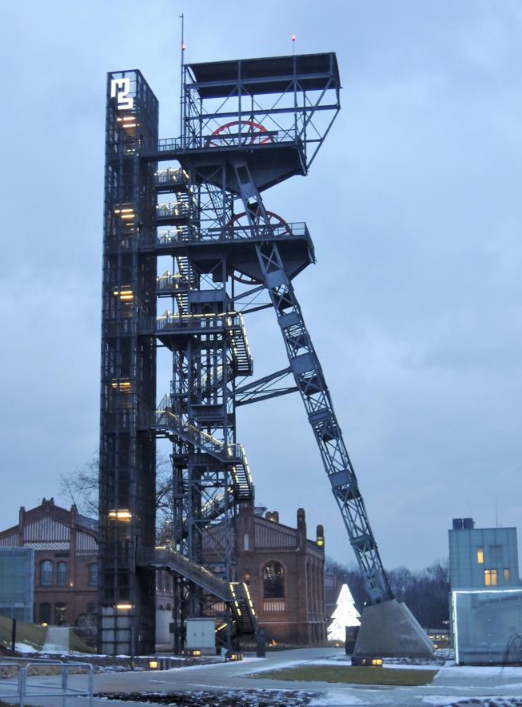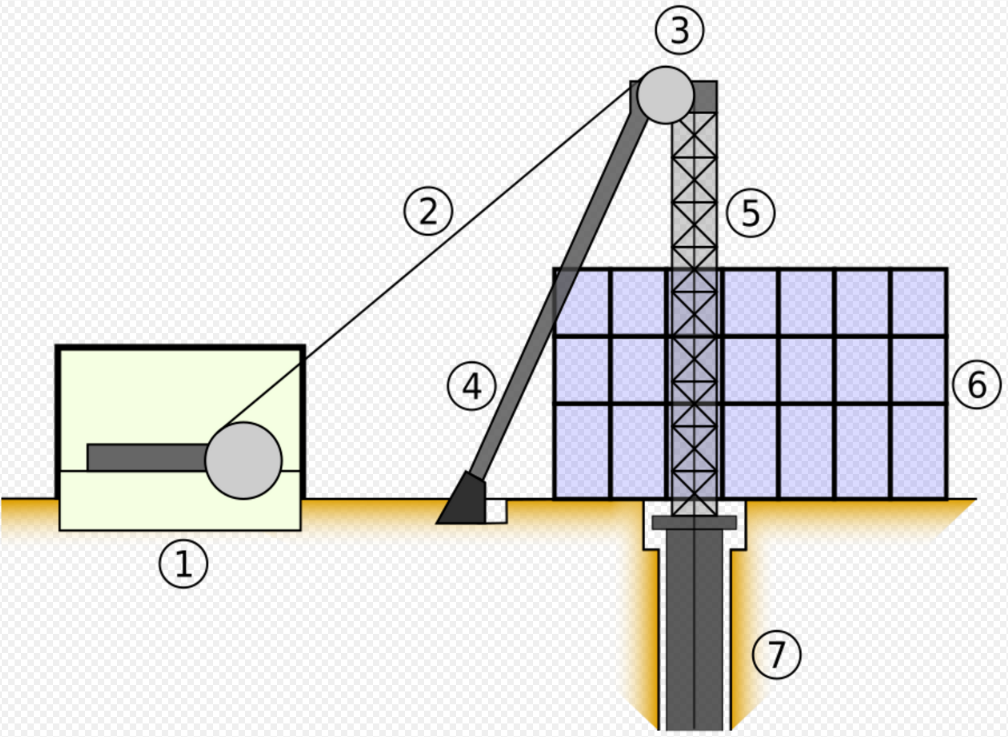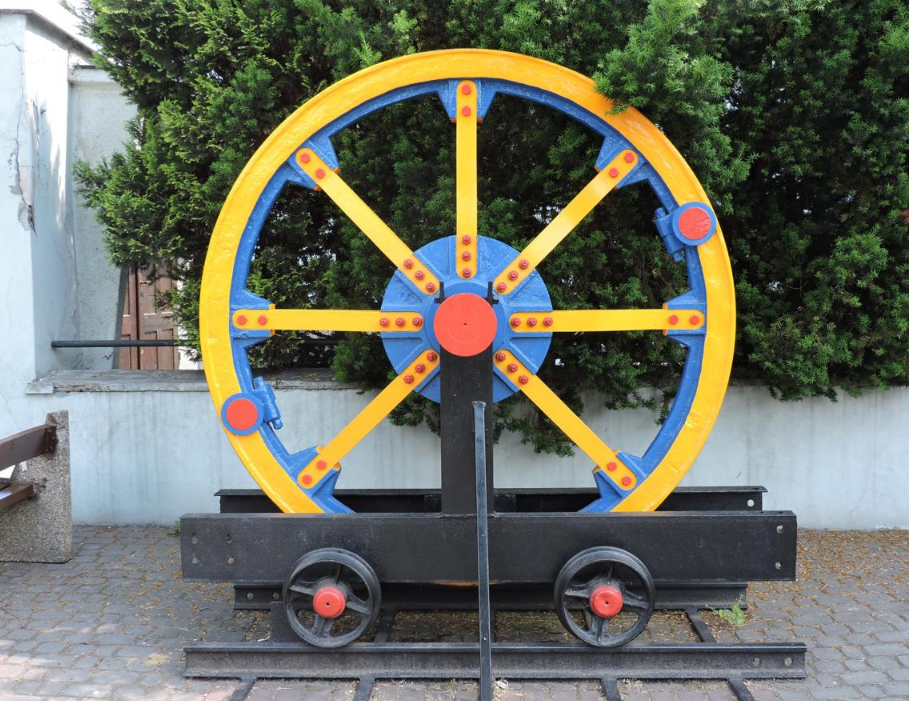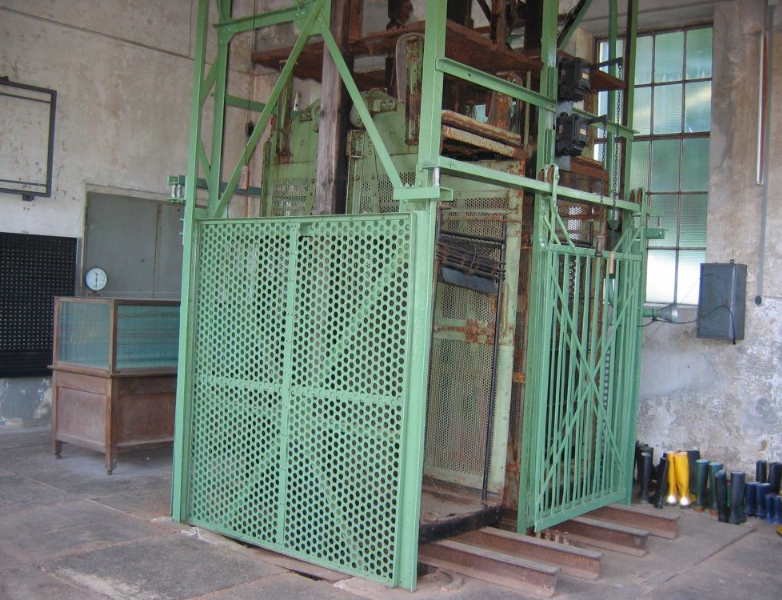
| Version | Summary | Created by | Modification | Content Size | Created at | Operation |
|---|---|---|---|---|---|---|
| 1 | Camila Xu | -- | 1433 | 2022-11-17 01:33:42 |
Video Upload Options
Shaft mining or shaft sinking is excavating a vertical or near-vertical tunnel from the top down, where there is initially no access to the bottom. Shallow shafts, typically sunk for civil engineering projects differ greatly in execution method from deep shafts, typically sunk for mining projects. When the top of the excavation is the ground surface, it is referred to as a shaft; when the top of the excavation is underground, it is called a winze or a sub-shaft. Small shafts may be excavated upwards from within an existing mine as long as there is access at the bottom, in which case they are called Raises. A shaft may be either vertical or inclined (between 45 and 90 degrees to the horizontal), although most modern mine shafts are vertical. If access exists at the bottom of the proposed shaft and ground conditions allow then raise boring may be used to excavate the shaft from the bottom up, such shafts are called borehole shafts. Shaft sinking is one of the most difficult of all development methods: restricted space, gravity, groundwater and specialized procedures make the task quite formidable. Historically mine shaft sinking has been among the most dangerous of all the mining occupations and the preserve of mining contractors called sinkers. Today shaft sinking contractors are concentrated in Canada , Germany and South Africa .
1. Parts of a Mine Shaft

The most visible feature of a traditionally-built mine shaft is the headframe (or winding tower, poppet head or pit head) which stands above the shaft. Depending on the type of hoist used, the top of the headframe will either house a hoist motor or a sheave wheel (with the hoist motor mounted on the ground). The headframe will also typically contain bins for storing ore being transferred to the processing facility.
At ground level beneath and around the headframe is the Shaft Collar (also called the Bank or Deck), which provides the foundation necessary to support the weight of the headframe and provides a means for workers, materials and services to enter and exit the shaft. Collars are usually massive reinforced concrete structures with more than one level. If the shaft is used for mine ventilation, a plenum space or casing is incorporated into the collar to ensure the proper flow of air into and out of the mine.
Beneath the Collar the part of the shaft which continues into the ground is called the Shaft Barrel.
At locations where the Shaft Barrel meets horizontal workings there is a Shaft Station which allows men, materials and services to enter and exit the shaft. From the station tunnels (drifts, galleries or levels) extend towards the ore body, sometimes for many kilometers. The lowest Shaft Station is most often the point where rock leaves the mine levels and is transferred to the shaft, if so a Loading Pocket is excavated on one side of the shaft at this location to allow transfer facilities to be built.
Beneath the lowest Shaft Station the shaft continues on for some distance, this area is referred to as the Shaft Bottom. A tunnel called a Ramp typically connects the bottom of the shaft with the rest of the mine, this Ramp often contains the mine's water handling facility, called the Sump, as water will naturally flow to the lowest point in the mine.
Shafts may be sunk by conventional drill and blast or mechanised means. The industry is gradually attempting to shift further towards shaft boring but a reliable method to do so has yet to be developed.
2. Shaft Lining


The shaft lining performs several functions; it is first and foremost a safety feature preventing loose or unstable rock from falling into the shaft, then a place for shaft sets to bolt into, and lastly a smooth surface to minimise resistance to airflow for ventilation.
In North and South America, smaller shafts are designed to be rectangular with timber supports. Larger shafts are round and are concrete lined.[1]
Final choice of shaft lining is dependent on the geology of the rock which the shaft passes through, some shafts have several liners sections as required[2] Where shafts are sunk in very competent rock there may be no requirement for lining at all, or just the installation of welded mesh and rock bolts. The material of choice for shaft lining is mass concrete which is poured behind Shaft Forms in Lifts of 6m as the shaft advances (gets deeper).
Shotcrete, fibrecrete, brick, cast iron tubing, precast concrete segments have all been used at one time or another. Additionally, the use of materials like Bitumen and even squash balls have been required by specific circumstances. In extreme circumstances, particularly when sinking through Halite, composite liners consisting of two or more materials may be required.[3]
The shaft liner does not reach right to the bottom of the shaft during sinking, but lags behind by a fixed distance. This distance is determined by the methodology of excavation and the design thickness of the permanent liner. To ensure the safety of persons working on the shaft bottom temporary ground support is installed, usually consisting of welded mesh and rock bolts. The installation of the temporary ground support (called bolting) is among the most physically challenging parts of the shaft sinking cycle as bolts must be installed using pneumatic powered rock drills.
For this reason, and to minimise the number of persons on the shaft bottom a number of projects have successfully switched to shotcrete for this temporary lining. Research and development in this area is focusing on the robotic application of shotcrete and the commercialisation of thin sprayed polymer liners.
3. Shaft Compartments

Where the shaft is to be used for hoisting it is frequently split into multiple compartments by Shaft Sets, these may be made of either timber or steel. Vertical members in a shaft set are called Guides, horizontal members are called Buntons. For steel shaft guides, the main two options are hollow structural sections and top hat sections [1]. Top hat sections offer a number of advantages over hollow structural sections including simpler installation, improved corrosion resistance and increased stiffness. Mine conveyances run on the guides in a similar way to how a steel roller coaster runs on its rails, both having wheels which keep them securely in place.
Some shafts do not use guide beams but instead utilize steel wire rope (called Guide ropes) kept in tension by massive weights at shaft bottom called cheese weights (because of their resemblance to a truckle or wheel of cheese) as these are easier to maintain and replace.
The largest compartment is typically used for the mine cage, a conveyance used for moving workers and supplies below the surface, which is suspended from the hoist on steel wire rope. It functions in a similar manner to an elevator. Cages may be single-, double-, or rarely triple-deck, always having multiple redundant safety systems in case of unexpected failure.
The second compartment is used for one or more skips, used to hoist ore to the surface. Smaller mining operations use a skip mounted underneath the cage, rather than a separate device, while some large mines have separate shafts for the cage and skips. The third compartment is used for an emergency exit; it may house an auxiliary cage or a system of ladders. An additional compartment houses mine services such as high voltage cables and pipes for transfer of water, compressed air or diesel fuel.
A second reason to divide the shaft is for ventilation. One or more of the compartments discussed above may be used for air intake, while others may be used for exhaust. Where this is the case a steel wall called a Brattice is installed between the two compartments to separate the air flow. At many mines there are one or more complete additional separate "Auxiliary" shafts with separate head gear and cages. It is safer to have an alternate route to exit the mine as any problem in one shaft may affect all the compartments. For this reason single shaft mines were made illegal in 1862 in the United Kingdom following the Hartley Colliery disaster where the single shaft became blocked.[4]
References
- De la Vergne, Jack (August 2003). Hard Rock Miner's Handbook, Edition 3. Tempe/North Bay: McIntosh Engineering. p. 92. ISBN 0-9687006-1-6.
- du Judeel, G; Keyter and Harte (April 2012). "Shaft Lining design for a potash shaft in rock salts at large depths". Shaft Design and Construction 1 (1): 51–54.
- Sanders, D. (April 2012). "New Waterproofing Technologies for Vertical Shaft Construction". Shaft Design and Construction 1 (1): 90–92.
- BBC (February 2004), "Work: The Hartley Mining Disaster", Legacies – Tyne (BBC), http://www.bbc.co.uk/legacies/work/england/tyne/article_1.shtml, retrieved 3 October 2013




